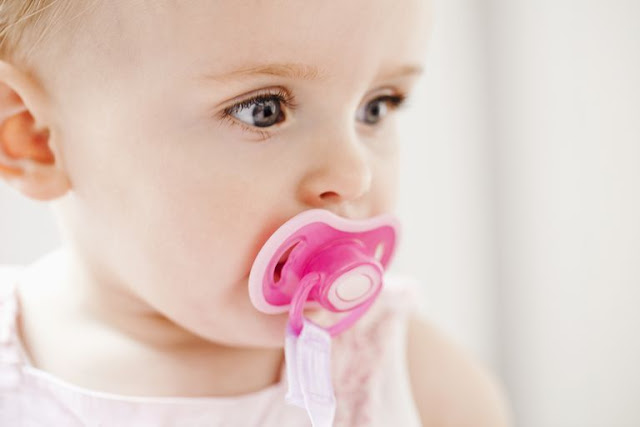Newborns cannot immediately see clearly as adults. In the first weeks of life, babies cannot see clearly at all and cannot distinguish colors. It takes several months for baby's vision to develop so the baby can see.
Impaired vision in the eyes of infants and toddlers can hinder the development of children, so the role of parents to realize visual disturbances as early as possible is very important. By understanding what the development of a baby's eyesight is like, you can recognize the potential for visual impairment in your child.
Development of baby's vision
Babies are born with imperfect vision. Babies need to learn to see along with age growth. Healthy, normal eyes are needed so babies can learn to use their eyes in their daily lives as they grow up. Vision problems in infancy and toddlers can cause delays in the development of a child's vision.
Newborn eyesight
At birth, babies only see black and white as well as variations in gray shadows because nerve cells in the retina that have not fully developed. Newborns do not yet have the ability to focus their vision on an object that is close, so don't worry if your baby is not focusing on you.
Despite these limitations, research shows that within a few days after birth, babies tend to recognize the face of the mother rather than the face of a stranger. This is associated with a striking difference between the hairline and the mother's face. If the mother changes her hairstyle or covers her hair with accessories, the baby cannot recognize her mother.
Development of vision in the first month
In the first month of life, babies are not too sensitive to light so you don't have to worry about turning on the lights when your child is asleep. Generally babies will not be disturbed.
In the first week, babies begin to have the ability to see colors, ranging from red, orange, yellow, and green. Whereas to see blue and purple, babies need longer because blue light has shorter wavelengths and fewer blue receptors in humans.
Vision development in 2-3 months
Baby's vision develops in the second and third months. Baby's vision becomes sharper and both eyes begin to work together to see more clearly. Your baby should be able to follow the movement of an object and try to reach for something he sees. Babies also learn to shift their eyes from one object to another without moving their head.
In addition, the baby becomes more sensitive to light so you don't forget to dim your child's room lights so he can sleep better.
At the age of 1-2 months, coordination of the baby's eyes is not maximal, so that if you sometimes see the eyes of a crossed child (strabismus). That is normal. However, if this happens too often, even consistently or the difference is large enough, it is advisable to immediately bring your child to the doctor.
Vision development in 4-6 months
At this stage, the baby experiences rapid development in the brain that regulates vision, so the baby can see sharper and move the eyeball faster and accurately when following an object. Baby's visual acuity develops from 20/400 at birth to 20/25 in the sixth month. Babies can see colors as adults.
Babies also begin to have better hand and eye coordination in the fourth to sixth month, so the baby can pick up an object or direct the milk bottle towards his mouth properly.
At 5 months of age, babies begin to recognize depth perception, where babies will begin to recognize the distance between an object and other objects. At this age babies begin to see in three dimensions.
Keep in mind, the age of 6 months is the right time to check your child's eyes to the doctor to see if there is a disturbance in eye acuity in children.
Vision development in 7-12 months
Your child can now crawl and start learning to coordinate vision with his body movements. Babies are better at determining distance and more accurate in taking and throwing objects.
At this time, you must pay extra attention to guarding your child from injury because he will begin to explore his environment.






